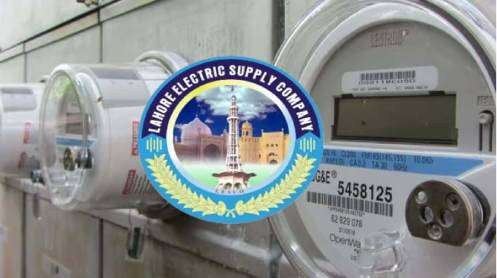ISLAMABAD: Pakistan’s trade deficit with the Middle East grew by 10.87% to $4.781 billion during the first four months of FY2024-25, up from $4.312 billion in the same period last year, primarily driven by increased petroleum imports.
State Bank of Pakistan data highlights the mounting trade imbalance as a key concern for policymakers. Petroleum imports surged due to higher consumption, with crude oil imports alone growing by over 16% during the period. This marks a reversal from FY2023-24, when the trade deficit with the Middle East narrowed by 20.47% to $13.014 billion amid reduced petroleum imports.
Exports Show Growth Despite Deficit
Pakistan’s exports to the Middle East climbed 12.64% to $1.082 billion between July and October 2024, up from $705.27 million a year earlier. In FY2023-24, exports to the region grew by 35.23% to $3.155 billion. The increase in demand was particularly notable in the UAE, Saudi Arabia, and Qatar.
Saudi Arabia: Exports rose 14.23% to $245.57 million, while imports increased 18.03% to $1.332 billion.
UAE: Exports surged 17.94% to $737.55 million, with top exports including rice, cotton garments, guavas, and mangoes. Imports from the UAE grew 23.46% to $2.652 billion.
Qatar: Exports fell by 21.57% to $43.06 million, but imports rose 14.43% to $1.173 billion.
Declining Exports to Smaller Markets
Exports to Bahrain and Kuwait saw declines of 19.44% and 9.65%, respectively. However, imports from these nations surged, with Bahrain’s imports jumping 155.39% and Kuwait’s by 41.67%.
The widening trade gap underscores the need for policy measures to address the rising dependency on energy imports and to diversify export markets.
Story by Mubarak Zeb Khan







